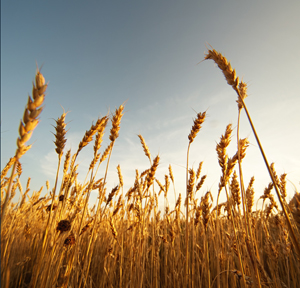Market Research
The US Drought: Impact On Global Food Prices, Society - Exclusive Analysis Comment

Editor's note: This publication occasionally issues commentary on geopolitical and other major issues by Exclusive Analysis, an organisation providing insights for decision-makers in the business world. While this publication does not necessarily agree with all the points here, it is happy to carry this article about an important topic – the impact of severe weather on the world’s commodity market and economy. The article is written by the firm’s deputy head of political risk forecasting, Alexia Ash.
The road ahead
There is no federal plan in place to address multi-state drought. On 25 July, the [US] House Agriculture Committee began discussing emergency legislation, which would focus on a one-year extension of current subsidies provided under the farm bill as well as disaster aid for drought-stricken farmers.
However, such legislation is not likely to pass, due to lack of support in Congress, as well as the approaching summer recess that begins on 3 August. The farm bill, which defines the core agricultural policy of the federal government and is up for renewal on 30 September, has been stalled in the House of Representatives - an unprecedented move that is indicative of the political stalemate currently obstructing traditionally routine pieces of legislation from passage. If the bill is not renewed or extended by the deadline, many subsidy and assistance programmes would automatically lose funding.
Increased food prices raise risks of civil unrest worldwide, as was widespread in 2008 when grain prices nearly doubled. They also raise contract frustration and currency risks in those countries where the government subsidises food prices. Mexico subsidises corn prices, while Venezuela imposes a price ceiling on corn. In addition, some countries, Egypt for example, subsidise cooking oil, which is often made from corn.
Background
On 13 July 2012, the US Department of Agriculture announced that a record 1,000 counties in 26 states had been declared as in a state of emergency due to extreme drought. This has raised the likelihood of rising food prices in 2013 for not only corn, wheat and soybeans (of which the US is the world’s largest exporter), but also meat and dairy products, as the world’s most common animal feed is corn-based.
The 2012 corn crop in particular is projected to have been reduced by 30 per cent by the drought. To compound matters, US corn reserves hit an eight-year low in March 2012 of 6 billion bushels, down 7.9 per cent from the same time period in 2011. Reserves had been consistently declining, in part due to increased demand for corn in the production of ethanol.
A record harvest of corn had been anticipated for 2012, which farmers had been counting on to replenish stockpiles. The US accounted for 53.8 per cent of corn exports in 2010, with its largest customers by volume Japan, Mexico, South Korea, Taiwan, and Egypt.
The US exported 45.3 million metric tons of corn in 2010-11. The next largest corn exporters were Argentina (15.2 million), Brazil (11.6 million), Ukraine (5 million) and India (3.4 million). It is unlikely that alternative exporters will be able to make up the shortfall in supply left by the reduced US crop.
